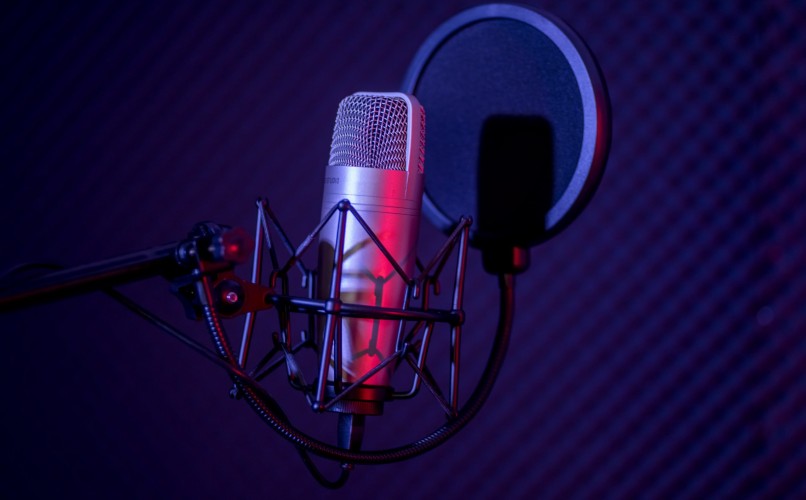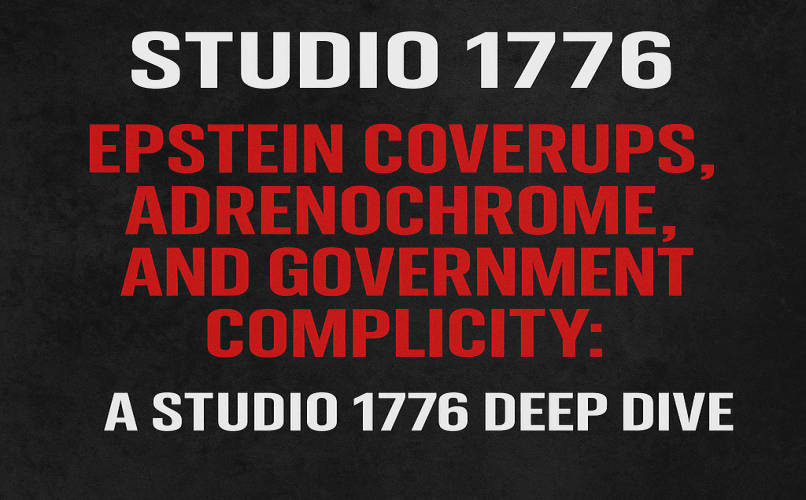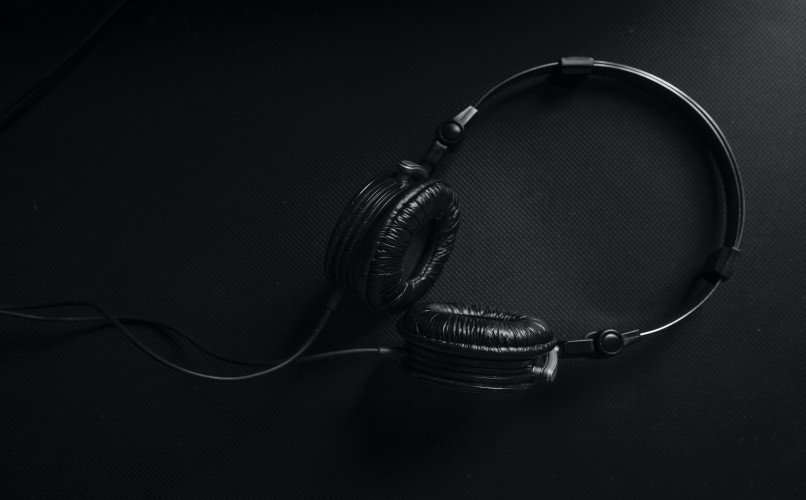
- Admin
- 24 Mar 2023
Behind the Scenes
m You love listening to podcasts, but have you ever wondered what goes on behind the scenes? At Studeo1776, creating each episode is a detailed process that involves a lot of planning, a little bit of tech, and a whole lot of passion. Here’s a peek into our podcast production workflow.
Pre-Production: The Foundation
Before we even hit record, a lot of work goes into an episode. We start by brainstorming and researching topics that matter to our audience. This involves reading articles, watching documentaries, and keeping up with the latest trends in our niche. Once we have a solid idea, we reach out to potential guests. This can be a time-consuming part of the process, as we work to find experts who can offer unique insights.
Once a guest is booked, we provide them with a detailed guide that includes the interview's focus, potential questions, and tips for optimizing their audio setup. This helps ensure a smooth, high-quality recording session.
The Recording Process
On the day of the recording, we use a remote recording studio platform like Riverside or Zencastr. These platforms record each person's audio locally on their computer, which means we get pristine, high-quality audio files even if the internet connection is a little shaky. This is crucial for creating that clean, professional sound you hear on our show.
Our host, Dr. Aris Thorne, uses a professional microphone and headphones to ensure his audio is clear and consistent. He also takes a few moments before the interview to chat with the guest and put them at ease. A comfortable guest makes for a much more natural and engaging conversation.
Post-Production: Where the Magic Happens ✨
This is where the raw audio is transformed into a polished episode. Our editor gets to work on the individual audio tracks, performing several key tasks:
Editing the Conversation: We remove filler words, long pauses, and any verbal stumbles. We also trim down tangents and non-essential chatter to keep the episode focused and efficient.
Audio Enhancement: Using a digital audio workstation (DAW) like Adobe Audition, we clean up any background noise, adjust volume levels, and apply mastering techniques to make sure the audio sounds crisp and uniform from start to finish.
Adding Music and Sound Effects: The final step is to mix in our intro and outro music, as well as any sound effects that add to the episode's overall feel.
This entire process can take several hours per episode, but it's essential for delivering the high-quality, professional experience you've come to expect from Studeo1776.
Distribution and Promotion
Once the episode is ready, we upload it to our podcast host. We write compelling show notes and a full transcript to make the content accessible and searchable. Finally, we create short video clips and graphics for social media to let our audience know a new episode is live. This multi-platform approach helps us reach more listeners and grow the Studeo1776 community.
So, the next time you press play on an episode, you'll know exactly what it took to get it to your ears. We do it all for you, our listeners, and we appreciate every single one of you!. Et quo labore velit nesciunt.


